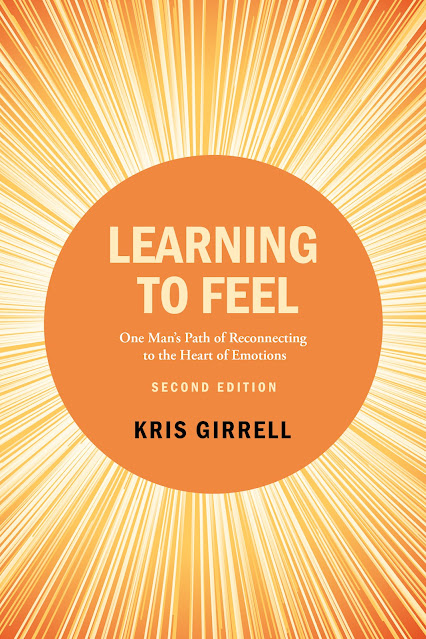Publisher's Pride: Books on Bestseller Lists - Learning to Feel (Girrell)

Recently, Learning to Feel (Girrell), reached #260 on the Amazon bestseller list of psychologist biographies. Book Description: Learning to Feel, Second Edition, teaches readers how to gain choice and authority over their emotional states. Feelings and emotions are reactions to the deeply held beliefs and experiences of our lives. In order to become fully emotionally intelligent - that is, to be able to know what is yours, what comes from the others, and how best to respond to those others - we must connect first to those core experiences and often re-interpret the meaning they have held for us. Learning to Feel is such a journey, intended to be a set of trail blazes for anyone who wishes to up their game in the realm of emotional intelligence. (Edition 1 was selected for the Independent Press Distinguished Favorite Award and a Literary Titan gold award.) First Edition Book Awards Literary Titan Gold Award Independent Press Award Distinguished ...
